Have you ever been interested in computer programming being a biology student? Have you ever thought of developing apps conflating your ‘built in’ biological knowledge with newly learned ‘coding skills’? If you say ‘Yes’, you have come to the right place.
You will be glad to know that an entire community is eagerly waiting for you to facilitate your journey in the world of computational biology which is precisely called “Bioinformatics”.
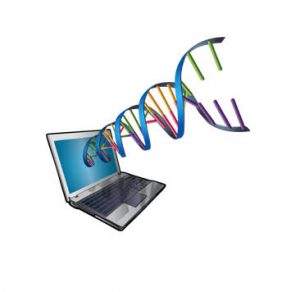
What is Bioinformatics?
Bioinformatics is an interdisciplinary field of science at the interface of the ongoing revolutions in molecular biology and computers.
According to renowned bioinformatician Jonathan Pevsner – “Bioinformatics is the study of computer databases and computer algorithms to analyze proteins, genes and the complete collection of DNA that comprises an organism.”
Hence if you feel comfortable around computer, you may go for an exploration in this exciting field of ‘Digitized Life Science’.
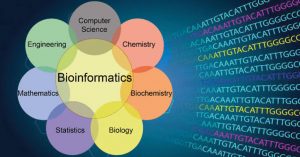
Source here
Why do we need Computational Biology?
Our human body consists of trillions of cells and each cell contains approximately twenty thousands of genes. The number of nucleotides is 3.2 billions. Here the question comes, how we will store this enormous biological data, then how we will access and analyze data to conclude decisions. The answer is very simple- ‘use computer’. So we apply bioinformatics-
- To store and retrieve biological data.
- For analyzing biological data, for instance, multiple sequence alignment.
- Making interpretation of biological data.
- For three dimensional modeling of biomolecules.
- To build up evolutionary trees for phylogenetic analysis which means to search out ancestry of various organisms.
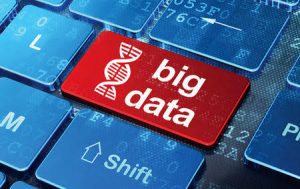
Who should study Bioinformatics?
Before choosing career in bioinformatics, one should bear in mind that it is an intersection point between biology and information technology. Although, to some biologists, it may seem that a good knowledge of organic chemistry, biochemistry and molecular biology is sufficient to study bioinformatics but it is not completely true.
For an interdisciplinary department like that, a biologist must have to possess a minimal good knowledge of software development, statistical data analysis, basic algorithm and data structure. At the same time he or she would have to develop a solid understanding of molecular biology, biochemistry and genetics and yes, you guess it right. If students of computer science or related disciplines want to develop their career in bioinformatics, they would have to learn minimum biology.
Bioinformatics Tools
Now, how will we use computer for this purpose? That’s a big question. The simplified answer either we have to use tools already developed by others such as web based applications or we have to build our own tools.
Using web based applications to solve different problems may not be satisfactory sometime. At that time, we need to develop our own software for data analysis and to draw results or conclusions.
Hence, learning a programming language is a requirement for bioinformatics learners. But most of the time, recent graduates seem to forget this involvement of bioinformatics with computer science and that leads to the mismatch in career choice.
Programming language
To solve diverse problems through computer applications it’s better to learn a programming language.
There are many programming languages like C, C++, Java, Python, Perl, R etc., which one to learn first to begin career in bioinformatics? Well, that’s a good question.
It is recommended that beginners who have not performed programming ever can start with Python. It is a higher level programming language and it is easier to learn. Not only that, it is the fastest growing major programming language in the world now.

R studio is a must along with python. After mastering Python you can start with R. Though some others prefer Perl instead of Python. In both ways, it can be done either Python+R or Perl+R.
Operating System Skills
It is also suggested that system administration skills in operating system like linux and unix are kind of mandatory for bioinformatics. Developing a good understanding of machine learning along with data mining and data visualization will be beneficial in this field.
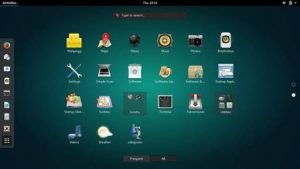
Web-Based Software and Command Line Software
Bioinformaticians apply web-based software and command line software to perform their tasks.
Web-based softwares are sometimes called “Point and Click” resources that rely heavily on internet, as a place to access sequence data, to access software that is useful to analyze molecular data, as a place to integrate different kinds of resources and information relevant to biology. In simple sense these do not require knowledge of programming and are immediately accessible.

Source here
On the other hand command-line tools, also referred sometimes as “Working in The Terminals” require programming knowledge. It is little harder in terms of difficulty and may have a steeper learning curve. But command line tools offer more options for executing programs.
Some of the very common web-based and command based software that bioinformaticians usually apply are:
- Sequence alignment tools such as Blast or Bowtie.
- The Genome Analysis Toolkit: GATK.
- Software for Next Generation Sequencing, Microarray, qPCR, and Data Analysis: Partek.
- Tools for handling high throughput sequencing data like: Samtools.
- To get gene data sets use a tool such as: Ensemble.
- Tools for database search systems like: Entrez.
- In proteomics: ProtMax, Scaffold.
- For molecular docking and drug discovery: Oracle Argus, ARISg, AutoDock, SwissDock.
- For statistical analysis: SPSS and SAS.
Conclusion
Now we will focus on the job sector. Bioinformaticians have a bright future in the job market. They enjoy very handsome and competitive salaries because of their high demand.
Bioinformaticians are often referred as “RARE TALENTS” in both industry and academia because you know more than a little of both- biology and computer science, as it is a blend of life science and IT.
Learning Materials
- Use Youtube and Coursera: https://www.coursera.org/specializations/bioinformatics?skipBrowseRedirect=true
- For books: https://b-ok.asia/?regionChanged=&redirect=38543490
Reference
- https://www.biotecnika.org/2019/05/programming-knowledge-necessary-for-career-in-bioinformatics/
- https://www.biologyexams4u.com/2014/04/why-we-need-bioinformatics.html#.X3L3YSBxVLM
- Book: Bioinformatics and Functional Genomics- Jonathan Pevsner.
 Plantlet The Blogging Platform of Department of Botany, University of Dhaka
Plantlet The Blogging Platform of Department of Botany, University of Dhaka
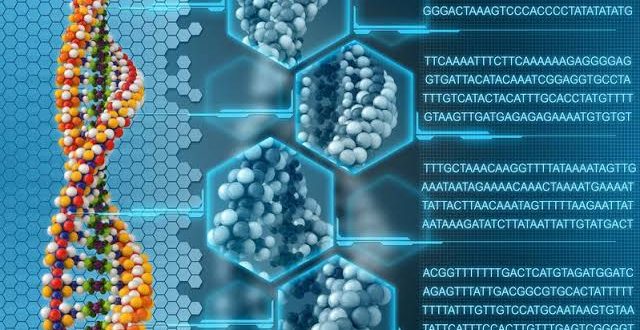

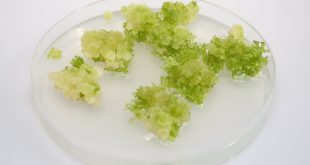
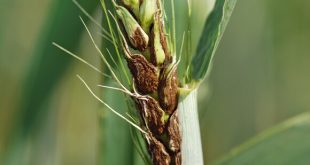


Your article helped me a lot, is there any more related content? Thanks!